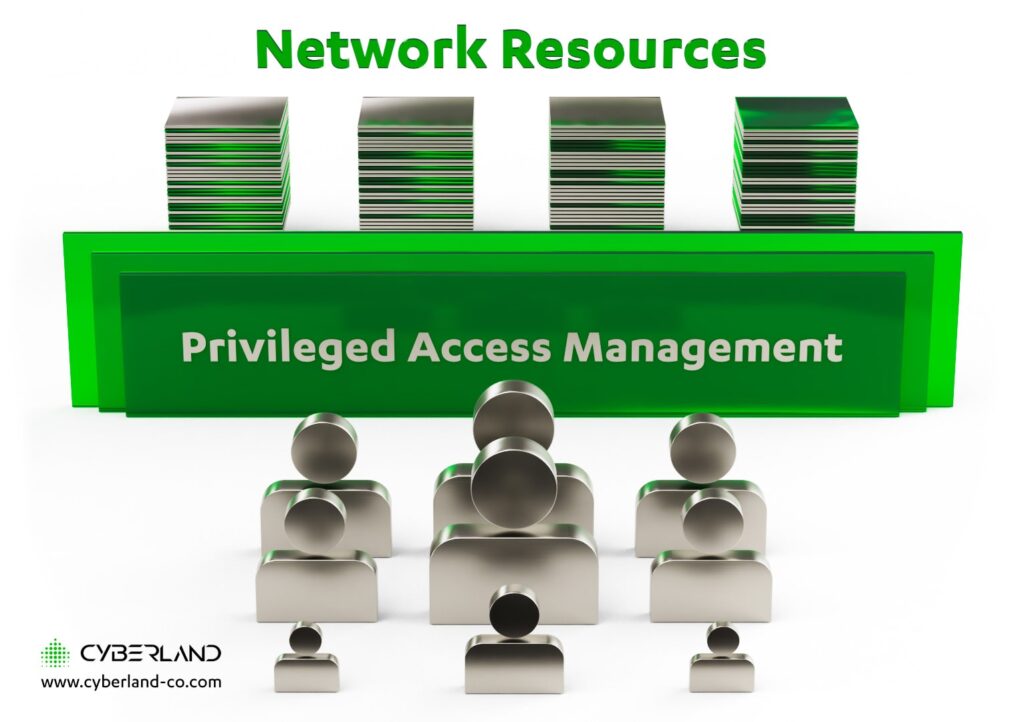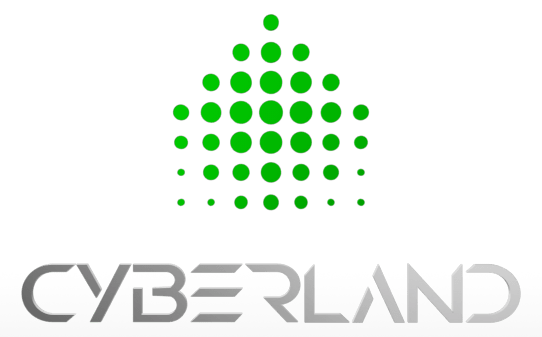
Data breaches have become increasingly common in recent years, and the consequences can be devastating for organizations. From stolen data to system downtime, the impact of a breach can be far-reaching. Privileged Access Management (PAM) is a crucial aspect of cybersecurity that helps organizations manage and monitor access to sensitive systems, data, and resources. By controlling access to privileged accounts, such as administrator accounts, PAM reduces the risk of cyber-attacks and helps protect an organization’s critical assets. In this post, we’ll dive deeper into PAM, its benefits, and best practices for implementing it.
Unmanaged privileged access is a major risk factor for organizations, and it’s often the cause of data breaches and cyber-attacks. Without proper PAM measures in place, cybercriminals can exploit vulnerabilities in an organization’s security infrastructure and gain access to sensitive information and critical systems. In addition, insider threats, such as employees or contractors with privileged access, can also pose a risk if their access is not properly managed and monitored. PAM solutions provide a way to mitigate these risks by controlling access to privileged accounts and monitoring user activity to detect any suspicious behavior.
What is PAM?
Privileged Access Management (PAM) is a critical aspect of cybersecurity that helps organizations manage and monitor access to privileged accounts and resources. Privileged accounts, also known as administrative or superuser accounts, have elevated privileges and can perform actions that regular user accounts cannot. Examples of privileged accounts include system administrators, database administrators, and application administrators. These accounts are often targeted by cyber attackers because compromising them can provide an attacker with access to sensitive data, critical systems, and resources.
PAM solutions are designed to control access to privileged accounts by implementing policies and technologies that ensure only authorized users have access to these accounts. PAM solutions typically include password vaults, privileged session management tools, and monitoring and analytics capabilities that can detect and respond to suspicious activities.
By controlling access to privileged accounts, PAM solutions help to reduce the risk of cyber-attacks and data breaches. They also help organizations meet compliance requirements by providing a way to track and audit privileged account activity. Additionally, PAM solutions can provide insights into how privileged accounts are being used, which can help organizations make better decisions about their security policies and procedures.
Why Unmanaged Privileged Access is risky?
Unmanaged privileged access can pose significant risks to organizations and can leave them vulnerable to data breaches and other security incidents. Here are some of the risks associated with unmanaged privileged access:
Compromised accounts
Privileged accounts, such as administrator accounts, are highly sought after by threat actors because they have elevated privileges and can access sensitive data and critical systems. If these accounts are not properly managed, threat actors can use them to gain unauthorized access to an organization’s network and steal or destroy sensitive data.
Insider threats
Employees or contractors with privileged access can also pose a risk if their access is not properly managed and monitored. Insider threats can be intentional, such as an employee stealing data for personal gain, or unintentional, such as an employee inadvertently causing damage to critical systems.
Compliance violations
Many regulatory frameworks, such as PCI-DSS, HIPAA, and GDPR, require organizations to implement controls around privileged access. Failure to comply with these regulations can result in fines, legal action, and damage to an organization’s reputation.
Lack of visibility
Without proper monitoring and logging of privileged account activity, it can be difficult for organizations to detect suspicious behavior or unauthorized access. This can lead to delayed detection of security incidents, which can increase the impact and severity of the incident.
Impact on availability
Unmanaged privileged access can also impact the availability of critical systems. For example, if an administrator makes an incorrect change to a system, it can cause system downtime and impact an organization’s ability to conduct business.
PAM in the Middle East
The adoption of Privileged Access Management (PAM) solutions in the Middle East has been increasing in recent years, as organizations in the region are becoming more aware of the risks associated with unmanaged privileged access. The Middle East is home to many critical infrastructure facilities, including oil and gas facilities, government agencies, financial institutions, and telecommunications companies, which are prime targets for cyber-attacks.
In response to the growing threat landscape, many organizations in the Middle East are investing in PAM solutions to manage privileged access and reduce the risk of cybersecurity incidents. PAM solutions are designed to provide a secure and centralized platform for managing and controlling access to privileged accounts, which are often targeted by threat actors to gain access to critical systems and data.
PAM solutions typically include a range of features, such as strong authentication mechanisms, role-based access control, session monitoring, and automated alerts. These features help organizations to limit and control access to privileged accounts, detect suspicious activities, and respond quickly to security incidents.
Many PAM solution providers in the Middle East offer localized support and services to help organizations navigate the complex regulatory environment and meet compliance requirements. Additionally, PAM solutions can be customized to meet the unique needs of organizations in the region, such as support for Arabic language interfaces and integration with local security solutions.
Benefits of PAM
Privileged Access Management offers numerous benefits to organizations, including enhanced security, improved compliance, increased visibility, streamlined access, reduced risk of downtime, and cost savings. Implementing a PAM solution can help organizations to better control and monitor access to privileged accounts, reduce the risk of security incidents, and meet compliance requirements.
Enhanced security
PAM solutions help to reduce the risk of security incidents by controlling and monitoring access to privileged accounts. By limiting access to only authorized personnel, organizations can reduce the likelihood of data breaches, insider threats, and other security incidents.
Improved compliance
Many regulatory frameworks, such as PCI-DSS, HIPAA, and GDPR, require organizations to implement controls around privileged access. PAM solutions help organizations to meet these compliance requirements by providing comprehensive auditing and reporting capabilities.
Increased visibility
PAM solutions provide detailed logs and reports on privileged account activity, allowing organizations to monitor and detect suspicious behavior or unauthorized access. This increased visibility helps organizations to quickly identify security incidents and respond to them in a timely manner.
Streamlined access
PAM solutions can help to streamline access to privileged accounts by providing a centralized platform for managing and controlling access. This helps to reduce the administrative burden of managing privileged accounts and improves efficiency.
Reduced risk of downtime
PAM solutions can help to reduce the risk of downtime by preventing unauthorized changes to critical systems and applications. By limiting access to only authorized personnel and providing detailed auditing and reporting capabilities, organizations can ensure that changes to critical systems are properly authorized and documented.
Cost savings
PAM solutions can help organizations to save money by reducing the risk of security incidents, compliance violations, and downtime. By reducing these risks, organizations can avoid costly fines, legal action, and lost revenue due to downtime.
How to implement a PAM solution?
Implementing a Privileged Access Management (PAM) solution requires careful planning and execution. Here are the key steps to implementing a PAM solution:
Define the scope
The first step in implementing a PAM solution is to define the scope of the solution. This includes identifying the privileged accounts that need to be managed and the systems and applications that those accounts have access to.
Assess current practices
The next step is to assess the current practices for managing privileged access. This includes reviewing current access controls, monitoring practices, and authentication mechanisms.
Define policies
Once the scope and current practices have been assessed, it’s important to define policies for managing privileged access. This includes defining access controls, authentication mechanisms, and monitoring practices.
Select a PAM solution
The next step is to select a PAM solution that meets the organization’s needs. When selecting a PAM solution, it’s important to consider factors such as ease of use, scalability, integration with other security solutions, and the ability to support the organization’s compliance requirements.
Implement the PAM solution
Once a PAM solution has been selected, it’s important to implement the solution in a controlled manner. This includes configuring access controls, defining monitoring policies, and integrating the solution with other security solutions.
Test and refine
Once the PAM solution has been implemented, it’s important to test the solution to ensure that it’s effective and meeting the organization’s needs. This can include testing access controls, monitoring policies, and authentication mechanisms. The solution should also be refined as needed to ensure that it continues to meet the organization’s evolving needs.
When selecting a PAM solution, it’s important to look for key features that will ensure the effectiveness of the solution. Here are some key features to look for in a PAM solution:
Role-based access control (RBAC): RBAC is a key feature of a PAM solution, as it allows organizations to grant access based on job responsibilities and reduce the risk of unauthorized access.
Strong authentication: PAM solutions should use strong authentication mechanisms, such as two-factor authentication or biometric authentication, to ensure that only authorized users can access privileged accounts.
Session monitoring: PAM solutions should monitor privileged account sessions to ensure that users are not engaging in suspicious or unauthorized activities.
Automated alerts: PAM solutions should provide automated alerts to notify administrators of suspicious or unauthorized activities.
Least privilege: PAM solutions should follow the principle of least privilege, which means that users should only have access to the resources they need to do their job.
Centralized management: PAM solutions should provide a centralized platform for managing and controlling access to privileged accounts, which helps to improve efficiency and reduce the administrative burden of managing privileged accounts.
By selecting a PAM solution that includes these key features and following a structured implementation process, organizations can effectively manage privileged access and improve their overall security posture.
You can contact Cyberland to learn more about PAM and how you can benefit their security posture. Cyberland can provide expert guidance on PAM solutions and help organizations select the solution that best fits their requirements. With years of experience in the cybersecurity industry, Cyberland has a deep understanding of the challenges organizations face when it comes to managing privileged access and can provide valuable insights into best practices for implementing a PAM solution. Contact Cyberland today to learn more.



